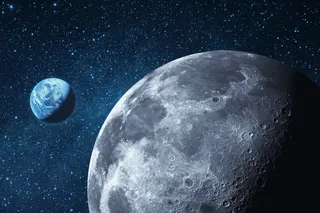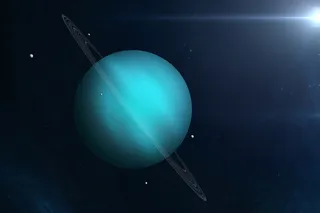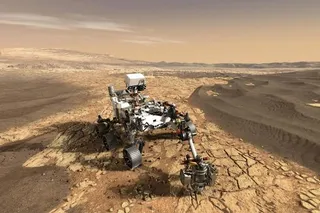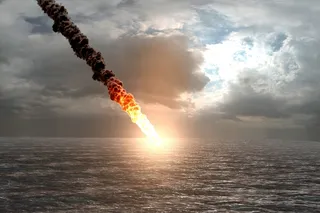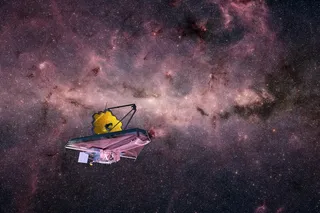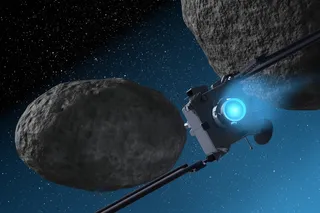Mercury is an enigma--moonlike on the outside, Earth-like on the inside, hotter than molten lead yet possibly capped with water ice. What little we know about the planet closest to the sun comes from Mariner 10, which observed less than half of its surface in 1974 and 1975. But NASA is working on a return trip that should answer a lot of lingering questions.
The return trip has been a long time in the making because Mercury is a tough target. It orbits just 36 million miles from the sun, where intense solar gravity makes spacecraft visits difficult, and fierce heat challenges spacecraft designers. The $286 million Messenger spacecraft, set for launch in 2004, will benefit from a sun-blocking parasol and a loopy path that will fly it several times by Venus and Mercury and then ease it into orbit around Mercury in 2009.
Once there, Messenger will study Mercury's strangely dense interior and strong magnetic field, reminiscent of Earth's. The probe will also look for ice at Mercury's poles, where shadowed craters remain frigid even when equatorial temperatures soar to 800 degrees Fahrenheit. "Mercury gives us the best chance to learn why Earth is unlike Mars and Venus, why our planet is special," says Sean Solomon of the Carnegie Institution in Washington, D.C., who leads the mission. ------------------------------------------------------------------------



